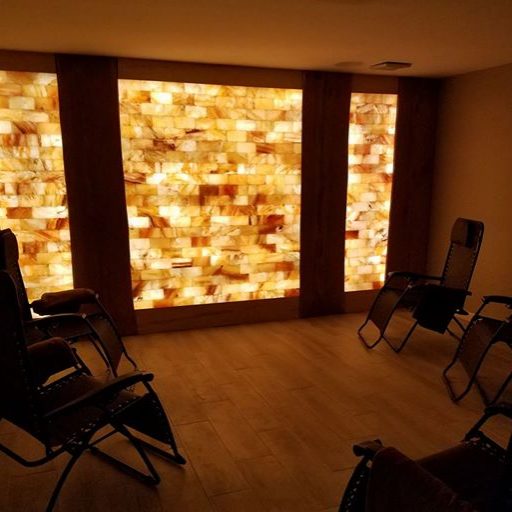
Gallbladder disease is very common and having the gallbladder removed is one of the most frequent and unnecessary surgeries that exits. Gallbladder disease is increasing in frequency due to our higher intake of sugars, refined carbohydrates, and processed foods. The intake of inflammatory fats, persistent stress (physical or emotional), suboptimal magnesium, and high toxin exposure/retention also play a role.
The gallbladder’s purpose is to store bile. Bile is made in the liver and any signs of problems with the gallbladder start with concerns in the liver. Bile helps with the digestion of fats and aids in removing toxins from the body. It is composed of water (another reason to drink plenty), bile salts, cholesterol, fats, and bilirubin. If the bile is too thick and contains too much cholesterol, it becomes thick and sludge-y and becomes prone to crystallization in the bile ducts and in the gallbladder. This leads to gall stones or an achy or sensitive gallbladder.
Even if you have already had your gallbladder removed, please realize that the root of the dysfunction likely hasn’t been addressed at all, just the symptoms. If you are still putting out sluggish bile, it’s just a matter of time before you develop other gastrointestinal dysfunction. There are often tiny residual gallstones in the bile ducts even after the gallbladder is removed or they can develop over time as the liver continues to produce sluggish bile. The root cause needs to be addressed!
As with anything, the key to anything is to react on purpose and right away when your body tells you that it is struggling. Although, you don’t have to wait until your body is struggling to see signs. In your typical “annual physical” labwork, there is a marker called alkaline phosphatase which is of note because if it is elevated, even within the reference range, it can be a sign that your bile system is getting congested. Stools that are consistently lighter in color and float are also indicative of high fecal fat content and, most often, suboptimal bile flow is the issue. We help our clients to do a thorough work-up and really get to the bottom of what is causing their GI dysfunction.
Many natural remedies have been studies in medical research. One such remedy is the use of d-limonene. D-limonene is a chemical extract from citrus oils such as lemons, oranges, and grapefruits. You may have heard of it as an ingredient in household countertop cleaners. That is because it gets rid of caked on grease and grime effectively. In the human body, d-limonene has been shown to dissolve gallstones with a 67% success rate without other interventions. That is a success rate that beats a vast majority of medications and it’s easily available without a prescription.
A word of warning, be careful about googling for gallbladder solutions if you have an active issue right now. Many sites recommend large amounts of olive oil to heal a highly congested gallbladder. High intake of olive oil will increase gallbladder contractions dramatically but, until you begin to dissolve the stones, these contractions can be painful and dangerous. It’s a bit like trying to force water through a clogged drain. Enjoy a few tablespoons of olive oil spread throughout the day until you have done some work cleaning out your bile system. The higher olive oil intake can be part of a gallstone prevention diet and is something that I use in the cleanse that I offer that is coming up in September.
Take good care of your liver and gallbladder. They are important organs in your body that detoxify, digest fats, and keep your immune system strong.
Igimi, H, and R Tamura. “Medical Dissolution of Gallstones. Clinical Experience of d-Limonene as a Simple, Safe, and Effective Solvent.” Https://Www.ncbi.nlm.nih.gov/Pubmed/1988264, 1991, www.ncbi.nlm.nih.gov/pubmed/1988264.
Sun, Jidong. “D-Limonene: Safety and Clinical Applications.” Http://Www.cygnetenterprises.com/Files/Limonene12-3.Pdf, 2007, www.cygnetenterprises.com/files/Limonene12-3.pdf.

